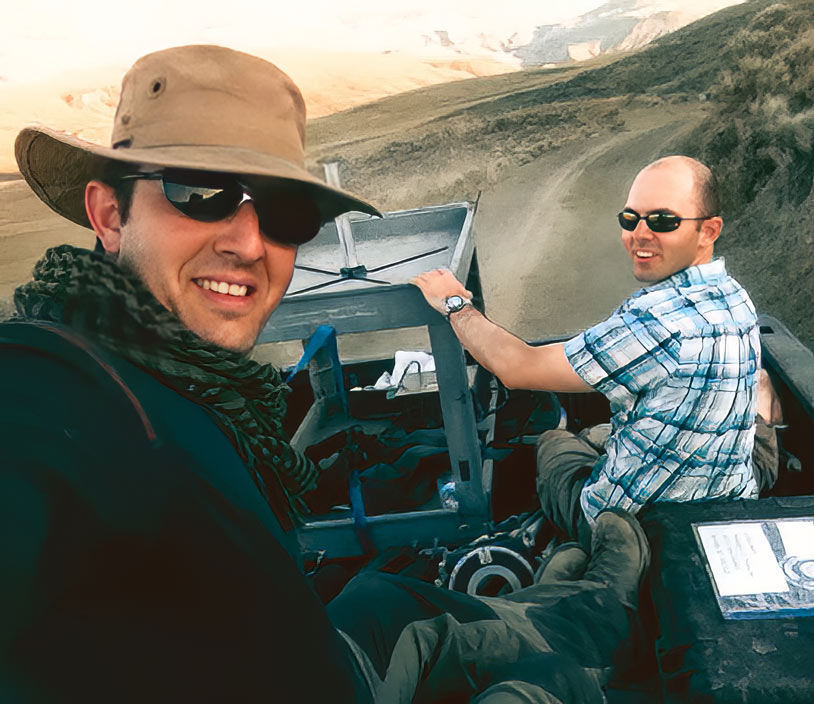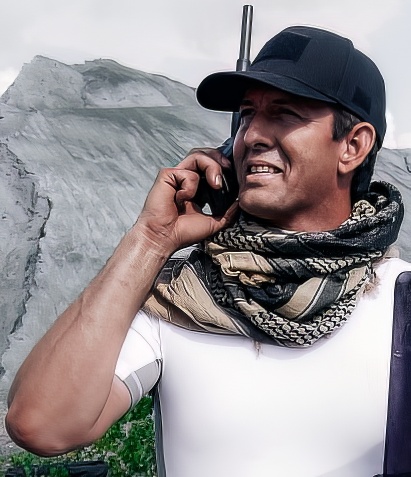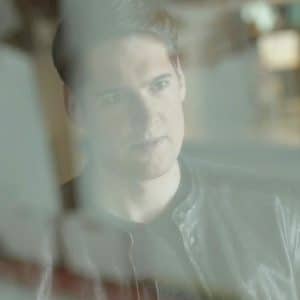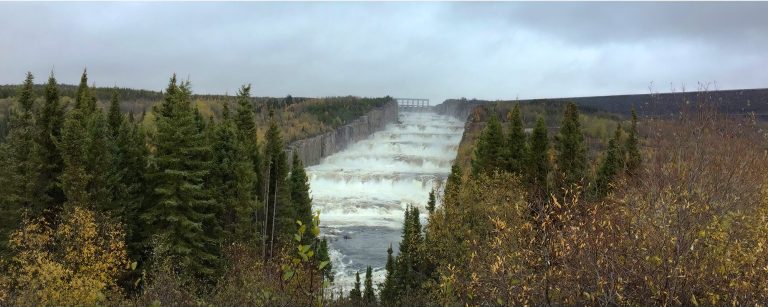Through the Lens: The Wild, Wonderful World of a Cinematographer
As a Director of Photography (DP), I live for the thrill of chasing light and motion through a camera lens—it’s equal parts art, science, and pure adrenaline. My job? To breathe visual life into a story, crafting shots that don’t just show what’s happening but make you feel it—whether it’s the raw grit of a documentary, the polished punch of a commercial, or the sweeping drama of a feature film. Cinematography isn’t just pointing a camera; it’s wielding a superpower to sculpt emotions frame by frame.
The Holy Trinity: Composition, Lighting, Movement
Every killer shot starts with three essentials: composition, lighting, and camera movement—my cinematic trifecta. Composition is like staging a painting—where do I place the hero, the horizon, that lone tree swaying in the wind? Get it right, and the frame sings; get it wrong, and it’s visual noise. Lighting? That’s the mood-maker. A soft glow can whisper intimacy, while a stark beam screams tension—think of it as my emotional dimmer switch. Then there’s movement—pans that tease, tilts that reveal, dollies that pull you into the action. Together, these tools don’t just capture a scene; they ignite it.
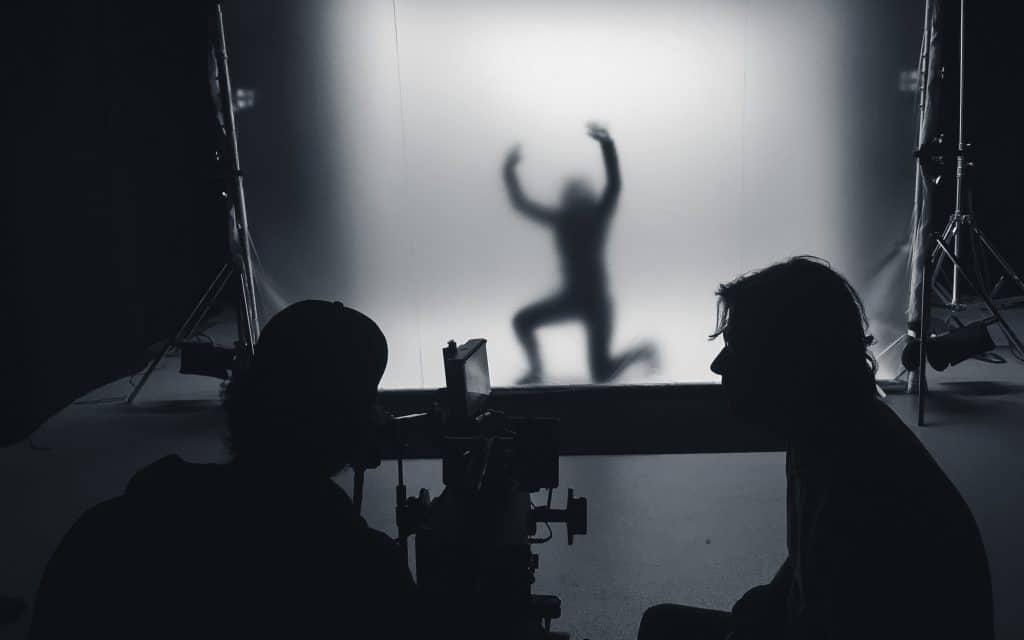
Styles That Pop: From Grit to Fantasy
Gear That Rocks the Shot
Taming the Wild: Shooting in Crazy Conditions
Light: The Soul of the Frame
The DP Life: Passion Meets Precision
Cinematographer
British Columbia
